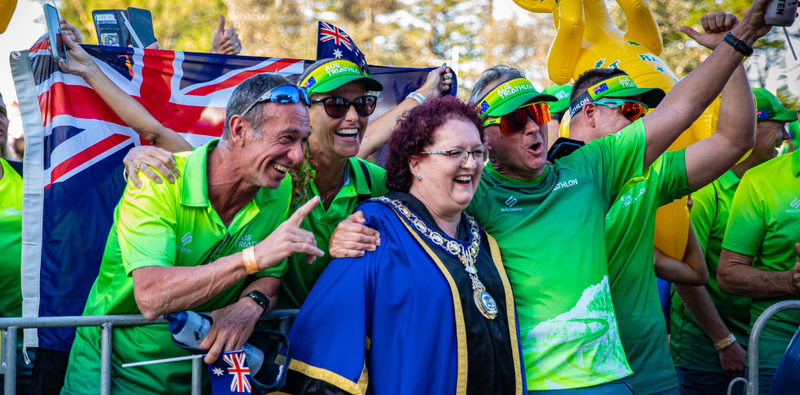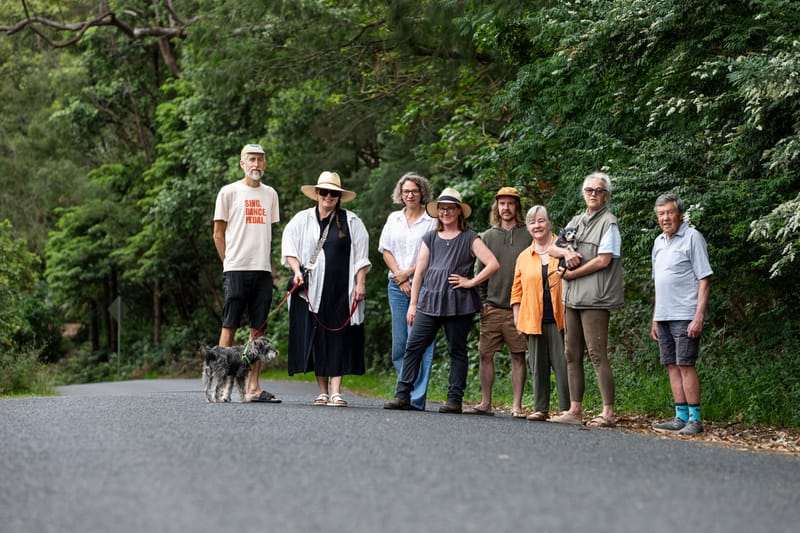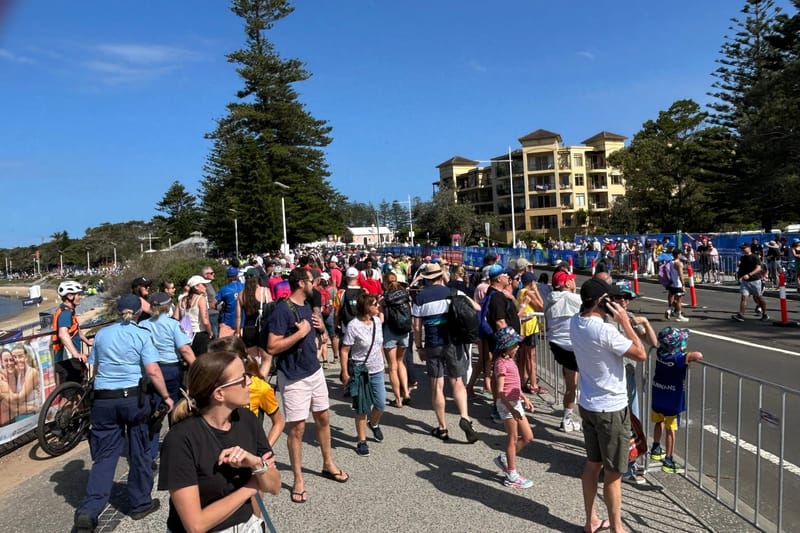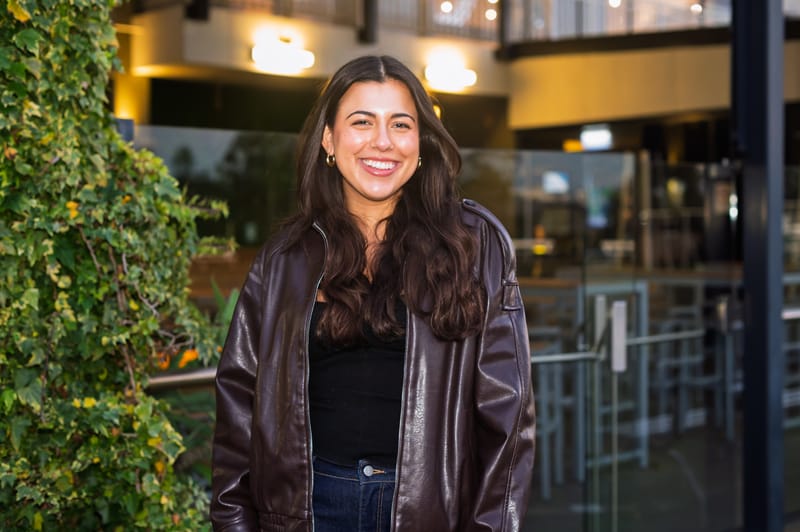New data shows a 25% increase in road traffic deaths of children this year
Despite fewer cars on the road in lockdowns, we have seen a 25% increase in deaths of children this year, compared to the average from 2017-2020. So, what can we do about this?
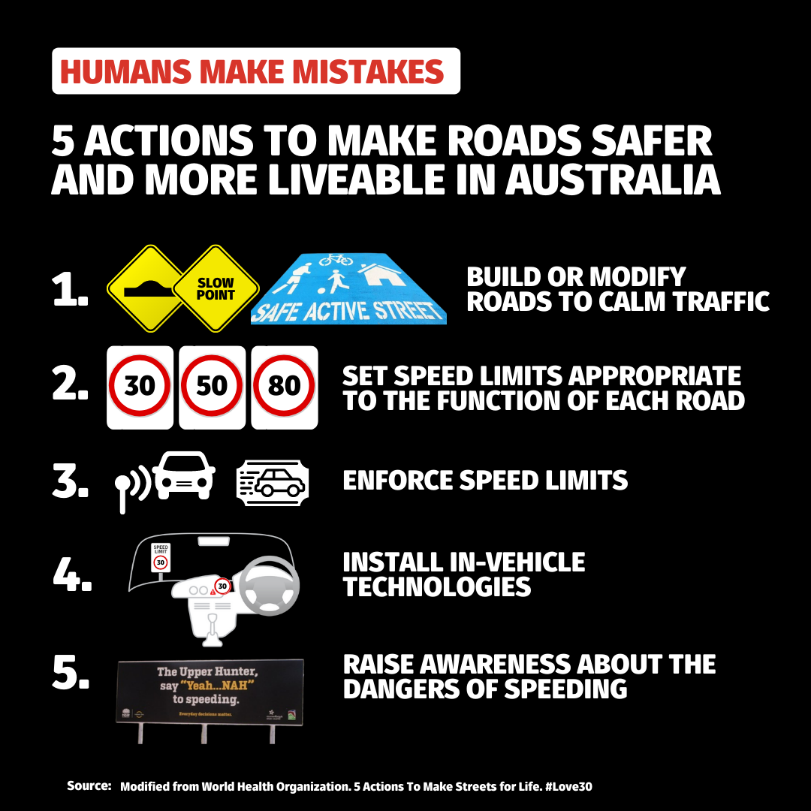
Safe Streets to School Media Release: October 20, 2021
Despite fewer cars on the road in lockdowns, we have seen a 25% increase in deaths of children this year, compared to the average from 2017-2020.
So, what can we do about this? And what other benefits would increases in safety have?
Matthew Mclaughlin is a researcher at the University of Newcastle.
“Deaths on our roads are not inevitable: they are not ‘accidents’, they are preventable,” he said. “…and we know that when we create safe streets, there are even more benefits for the local area and economy.”
Safe-Streets-to-School campaigner Lena Huda said that beyond the human tragedy that road trauma causes to families it can also stop parents letting their kids walk to school.
“Australia has one of the lowest share of kids walking or riding to school out of all OECD countries. Many primary-aged kids who live less than 2km away from their school are driven on a daily basis. Parents are worried about their kids not being able to safely cross streets. Our campaign aims that streets in the walking catchment are easy to cross: they either need priority crossings or 30km/h limits - measures that have been in place for a long time in countries where the majority of kids walk or ride to school.”
Matthew added: “100’s of cities around the world have drastically reduced or even eliminated traffic deaths through a combination of 5 actions.
“The key is acknowledging that humans make mistakes and designing road networks with this in mind. Safer and more liveable streets are a win-win public health policy.
“Beyond the strikingly obvious benefit mediof reducing the number of children and adults dying and being seriously injured on Australia’s roads, there are at least five more reasons we should do this.”
These 5 actions are designed to reduce vehicle speeds and reduce congestion on roads.
The actions include:
- building and modifying roads to ‘calm’ traffic
- setting safe speed limits, such as 30km/h on streets where people live, play and shop
- enforcing speed limits
- installing in-vehicle technologies to support drivers
- mass media campaigns to raise awareness of speeding consequences
“This is not a nanny-state issue, we can save lives, create thriving local shopping streets and make our streets more liveable,” Matthew said.

